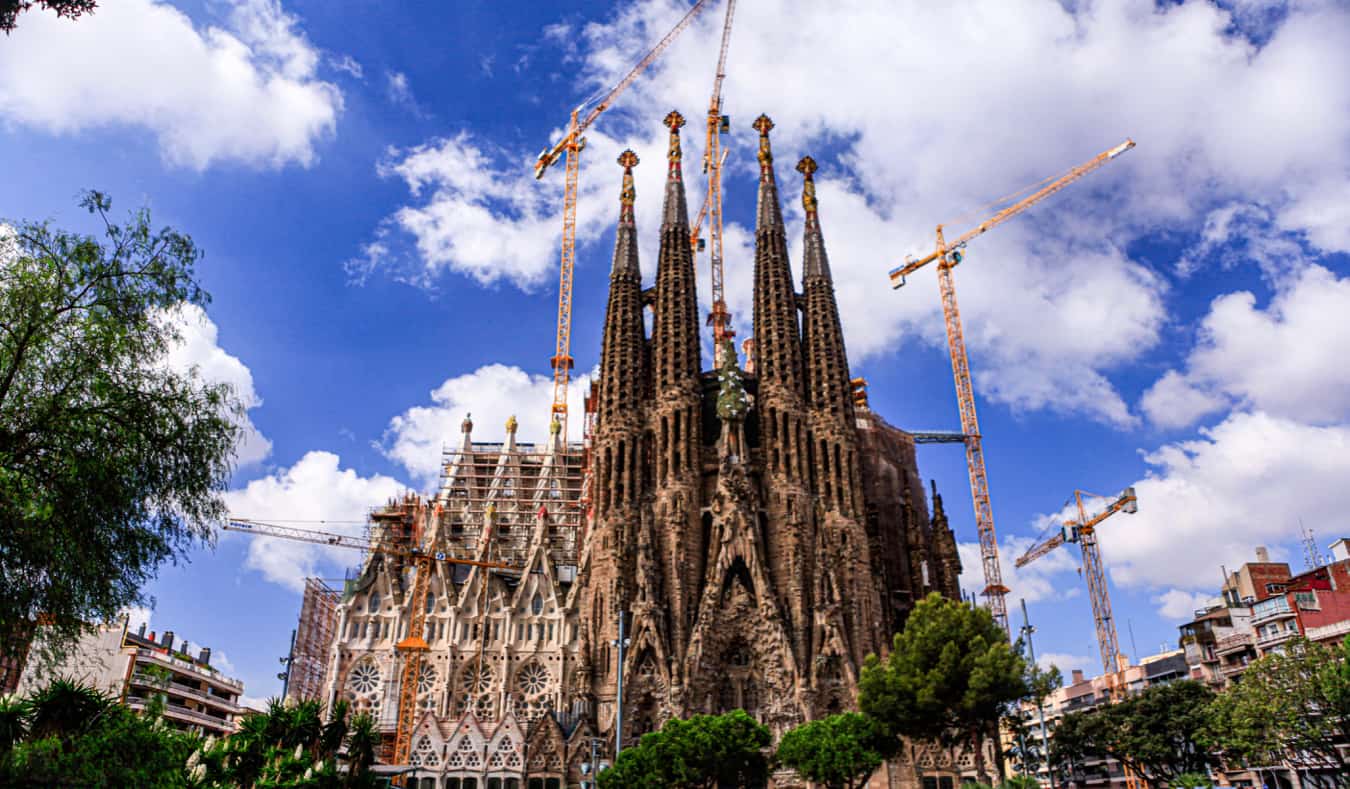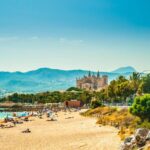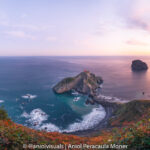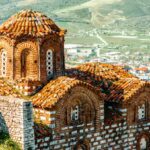
Introduction
Who is Antoni Gaudí?
Antoni Gaudí, a Spanish architect born in 1852, is often celebrated as one of the most influential figures in architecture. His unique vision and creativity transformed Barcelona‘s landscape, making him synonymous with Modernisme architecture. Gaudí’s passion for integrating nature within his designs reflects his deep understanding and love of the environment.
Significance of Gaudí’s Architecture in Barcelona
Gaudí’s contributions to Barcelona are not just structures; they are experiences. His work draws millions of visitors annually for several reasons:
- Cultural Identity: Gaudí’s structures embody Catalonian spirit and culture.
- Artistry: Every detail showcases his imagination and artistry.
- Innovation: His use of materials and techniques paved the way for modern design.
The magic of Gaudí’s architecture fosters a profound connection between the city and its visitors, making Barcelona a living museum of art and history.

Exploring Gaudí’s Masterpieces
Sagrada Familia: Gaudí’s Unfinished Symphony
The Sagrada Familia is often described as Gaudí’s most ambitious work. Though construction began in 1882, it remains unfinished, with its intricate designs captivating visitors worldwide. The towering spires and detailed facades reflect a profound spiritual journey.
Park Güell: A Garden of Whimsical Wonders
Just a short walk from the city center, Park Güell feels like stepping into a dream. Colorful mosaics and organic shapes invite exploration, creating an enchanting atmosphere. Many recall laughter and joy at its vibrant terraces.
Casa Batlló: A Fairytale Facade
Casa Batlló boasts a facade that resembles a mythical creature, with its flowing lines and vivid colors. Walking through its halls, one can almost hear the whispers of the past, while its balconies appear to be the masks of a legend yet to unfold.
Casa Milà: The Stone Quarry House
Nicknamed “La Pedrera” or the Stone Quarry House, this remarkable structure features wavy stone walls and an unconventional rooftop. Visitors often marvel at its surreal chimneys, reminiscent of warriors ready for battle, brilliantly showcasing Gaudí’s innovative spirit. His masterpieces invite admiration and contemplation, making them an essential part of any visit to Barcelona.

Gaudí’s Unique Architectural Style
Modernisme: The Catalan Art Nouveau Movement
At the heart of Gaudí’s genius lies his association with Modernisme, a vibrant Catalan Art Nouveau movement. This style emphasizes craftsmanship and creativity, often pushing the boundaries of traditional design. Gaudí’s work resonates with both local heritage and artistic innovation.
Organic Inspiration: Nature in Gaudí’s Designs
Gaudí possessed a remarkable ability to draw inspiration from nature. Tree branches inspired column designs, while the waves of the sea influenced building contours. This organic approach creates spaces that seem to breathe, allowing visitors to feel connected to their surroundings.
Use of Color and Mosaic in Gaudí’s Works
Color bursts vibrantly in Gaudí’s works, often through intricate mosaics made from broken tiles known as “trencadís.” This technique enhances his structures, portraying a lively, whimsical atmosphere. Many visitors recall their awe as sunlight dances over the tiles, creating a mesmerizing kaleidoscope effect that captures the imagination. Gaudí’s architectural style is a beautiful tapestry interwoven with artistic expression and nature’s essence.

Legacy and Influence of Gaudí
Gaudí’s Impact on Contemporary Architecture
Antoni Gaudí’s influence extends far beyond the boundaries of Barcelona. His innovative techniques and bold designs have inspired a generation of architects around the globe. Many contemporary structures echo his organic forms and intricate details, adding a touch of enchantment to modern skylines.
- Sustainable Design: Gaudí’s integration of nature has led to a resurgence in eco-friendly architectural practices.
- Artistic Expression: Today’s architects are encouraged to blend functionality with artistry, embracing creativity in building design.
UNESCO Recognition: Gaudí’s Structures as World Heritage Sites
The significance of Gaudí’s work has been acknowledged globally, with seven of his remarkable structures listed as UNESCO World Heritage Sites. This recognition highlights:
- Cultural Importance: These sites are not just architectural wonders; they symbolize the Catalan identity.
- Preservation Efforts: UNESCO’s designation ensures the safeguarding and maintenance of Gaudí’s legacy for future generations.
In essence, Gaudí’s visionary architecture continues to inspire, reminding us of the enchanting possibilities within the field.

Beyond Barcelona: Gaudí’s Projects Outside Spain
El Capricho in Comillas, Cantabria
El Capricho is a stunning example of Gaudí’s work outside of Barcelona, nestled in the picturesque town of Comillas, Cantabria. Built between 1883 and 1885, this whimsical villa radiates a fairytale charm. Visitors often admire its vibrant colors and intricate tile work that pay homage to nature.
- Architectural Features:
- Curved forms reminiscent of organic shapes
- Decorative motifs inspired by local flora
The Crypt at Colònia Güell
Another notable project is the Crypt at Colònia Güell, located just outside Barcelona. Completed in 1915, this church foundation showcases Gaudí’s experimental use of forms and structures. Many consider it a precursor to the Sagrada Familia due to its innovative design.
- Key Elements:
- Unique tree-like columns supporting the roof
- Rich symbolism reflecting Gaudí’s profound spirituality
These masterpieces highlight Gaudí’s versatility and creativity, reinforcing his lasting impact on architecture throughout Spain and beyond.

The Future of Gaudí’s Unfinished Work
Completion of the Sagrada Familia
The Sagrada Familia stands as a testament to Gaudí’s vision, and its completion is eagerly anticipated. Currently projected to finish by 2026, the centenary of Gaudí’s death, many visitors are curious about how the final touches will align with Gaudí’s original designs.
- Technological Advances: Modern tools and techniques are being employed to ensure fidelity to Gaudí’s grand vision.
- Community Involvement: Local artisans and craftspeople are collaborating to maintain authenticity.
Preservation and Restoration Efforts for Gaudí’s Buildings
Preserving Gaudí’s masterpieces is crucial to honoring his legacy. Dedicated organizations work tirelessly to restore and maintain these iconic structures.
- Ongoing Restoration Projects: Essential repairs are often in progress, ensuring that the buildings remain safe for visitors.
- Sustainability Practices: New initiatives focus on eco-friendly materials and methods, blending tradition with modern environmental concerns.
Together, these efforts will ensure that Gaudí’s extraordinary work continues to inspire future generations while being thoughtfully preserved amidst contemporary urban life.













